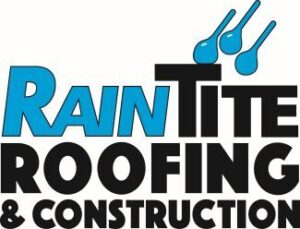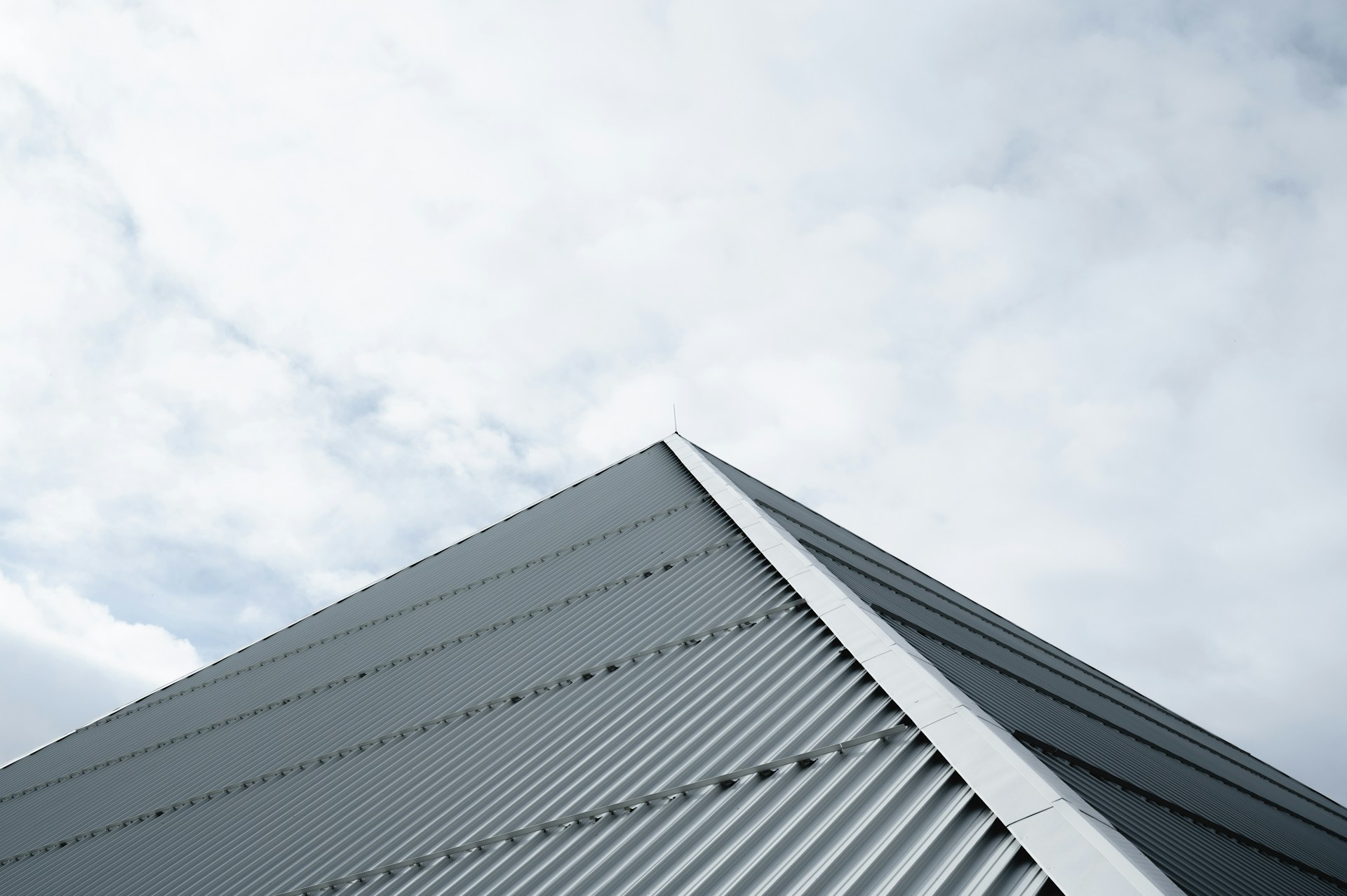Choosing the right roofing system for a commercial building can seem daunting. With several options out there, understanding their unique features helps make an informed decision. Each type comes with its own set of benefits, catering to various needs and preferences. From traditional flat roofs to innovative green roofs, there are many choices.
Every building has specific demands based on use, location, and design. Whether you’re looking for cost-effectiveness, durability, or eco-friendliness, there’s a roofing system that fits the bill. It’s crucial to weigh these factors to ensure the roof stands strong against the challenges it faces.
With advancements in technology, roofing options now also offer innovative solutions tailored for energy efficiency and sustainability. Learning about these can open up avenues for optimizing building performance and saving costs in the long run. Understanding these systems aids in selecting the one that aligns with your commercial goals.
Types of Commercial Roofing Systems
Commercial roofing systems come in many forms, each offering unique benefits suited to specific needs. Flat roofs are a popular choice for many commercial buildings due to their simplicity and cost-effectiveness. They are typically constructed using materials like modified bitumen or built-up roofing (BUR). Flat roofs provide ample space for HVAC systems, which is a practical advantage for large buildings.
Metal roofs are known for their durability and longevity. Made from materials such as steel or aluminum, they can last up to 50 years with proper maintenance. Metal roofing systems reflect sunlight, reducing energy costs and providing a cooler interior environment. They’re ideal for buildings that require strong weather resistance, making them suitable for regions with heavy snow or rain.
Green roofs, another option gaining popularity, offer environmental benefits by allowing vegetation to grow. These roofs help reduce stormwater runoff, provide insulation, and improve air quality. Green roofs are especially suited for urban areas seeking sustainable building solutions. However, they require more structural support and maintenance compared to other roofing types.
Each of these systems caters to different building needs, whether focusing on cost, sustainability, or longevity. It’s important to match the roofing type to the building’s purpose and location for the best results.
Benefits and Drawbacks of Different Roofing Materials
Selecting the right roofing material for a commercial building involves understanding the pros and cons of each option. Common materials include TPO (Thermoplastic Olefin), EPDM (Ethylene Propylene Diene Monomer), and PVC (Polyvinyl Chloride).
– TPO
– Advantages: Cost-effective and energy-efficient, TPO reflects UV rays, reducing cooling costs. It is resistant to mold and dirt buildup.
– Drawbacks: It may be prone to cracking in colder climates, requiring more frequent inspections.
– EPDM
– Advantages: Known for its durability, EPDM handles varying temperatures well and is resistant to weather damage.
– Drawbacks: Its dark color can absorb heat, leading to higher cooling costs unless treated with reflective coatings.
– PVC
– Advantages: PVC is robust and resistant to sunlight exposure, chemical stains, and fire.
– Drawbacks: Its installation and material costs are higher compared to TPO and EPDM.
When comparing durability, PVC typically offers the longest lifespan, followed by EPDM and then TPO. Cost-wise, TPO tends to be the least expensive initially but may incur more maintenance costs over time. Each material’s suitability hinges on factors like climate, building size, and energy efficiency goals. Assessing these aspects ensures that the chosen material aligns with the building’s operational needs and budget.
Factors to Consider When Choosing a Roofing System
Selecting the right roofing system hinges on multiple factors that influence both immediate and long-term outcomes. Climate and weather conditions play a crucial role in this decision. For instance, in areas with heavy rainfall or snow, roofs need to be watertight and capable of bearing extra loads. Materials like metal or PVC can be beneficial due to their durability and resistance to harsh conditions. Conversely, in regions with intense sunlight, reflective or cool roofs might be more suitable.
The structure and purpose of the building also dictate roofing choices. A large warehouse may benefit from a lightweight but robust roof like TPO, whereas an office building might prioritize aesthetic appeal alongside function. It’s essential to consider the building’s architecture, height, and any additional weight the roof should support, such as HVAC systems.
Budget considerations are another key component. While initial costs are important, evaluating long-term maintenance and repair expenses helps prevent costly surprises. Some materials require regular upkeep, which adds to their lifetime cost. Therefore, balancing upfront investment with future expenses ensures sustainability and cost-effectiveness for the business.
These elements together guide the choice of a roofing system that not only aligns with current needs but also prepares the building for years to come.
Innovative Roofing Solutions and Trends
The world of commercial roofing is embracing innovation with solutions that combine practicality and environmental consciousness. One of the most exciting developments is the integration of solar panels into roofing systems. These not only harness renewable energy but also contribute to the building’s energy efficiency. Solar roofs are becoming increasingly popular due to the dual function of energy production and protection against weather elements.
Cool roofs, designed with materials that reflect more sunlight and absorb less heat, are another growing trend. They benefit buildings by reducing energy costs associated with air conditioning. This feature is particularly advantageous in regions with high temperatures, offering both economic and environmental perks.
Green roofs are gaining traction as well, especially in urban environments. By incorporating vegetation, they provide natural insulation, improve air quality, and reduce heat absorption in cities. Although they require more initial investment and maintenance, the long-term environmental benefits make them an appealing option for eco-minded businesses.
These trends represent a shift towards more sustainable building practices. Embracing such innovations helps businesses not only reduce operational costs but also enhances their commitment to environmental stewardship.
Conclusion
Understanding different roofing systems enables business owners to make informed decisions that align with their operational goals. Each system offers unique features and advantages, from traditional flat roofs to modern innovations like solar panels. Evaluating factors such as climate, building structure, and budget paves the way for a choice that ensures durability and cost-effectiveness.
When it’s time to update or install a new roof, consider the options available. If you’re ready to take the next step in securing a reliable commercial roofing system, contact RainTite Roofing & Construction. We specialize in tailored solutions that meet the unique needs of your commercial property, ensuring you get the best value and performance for your investment.

